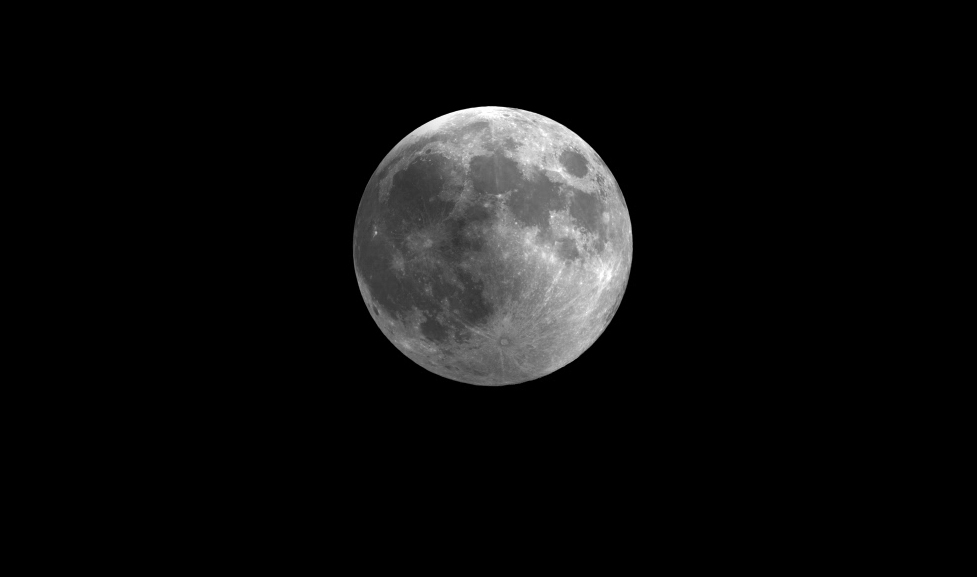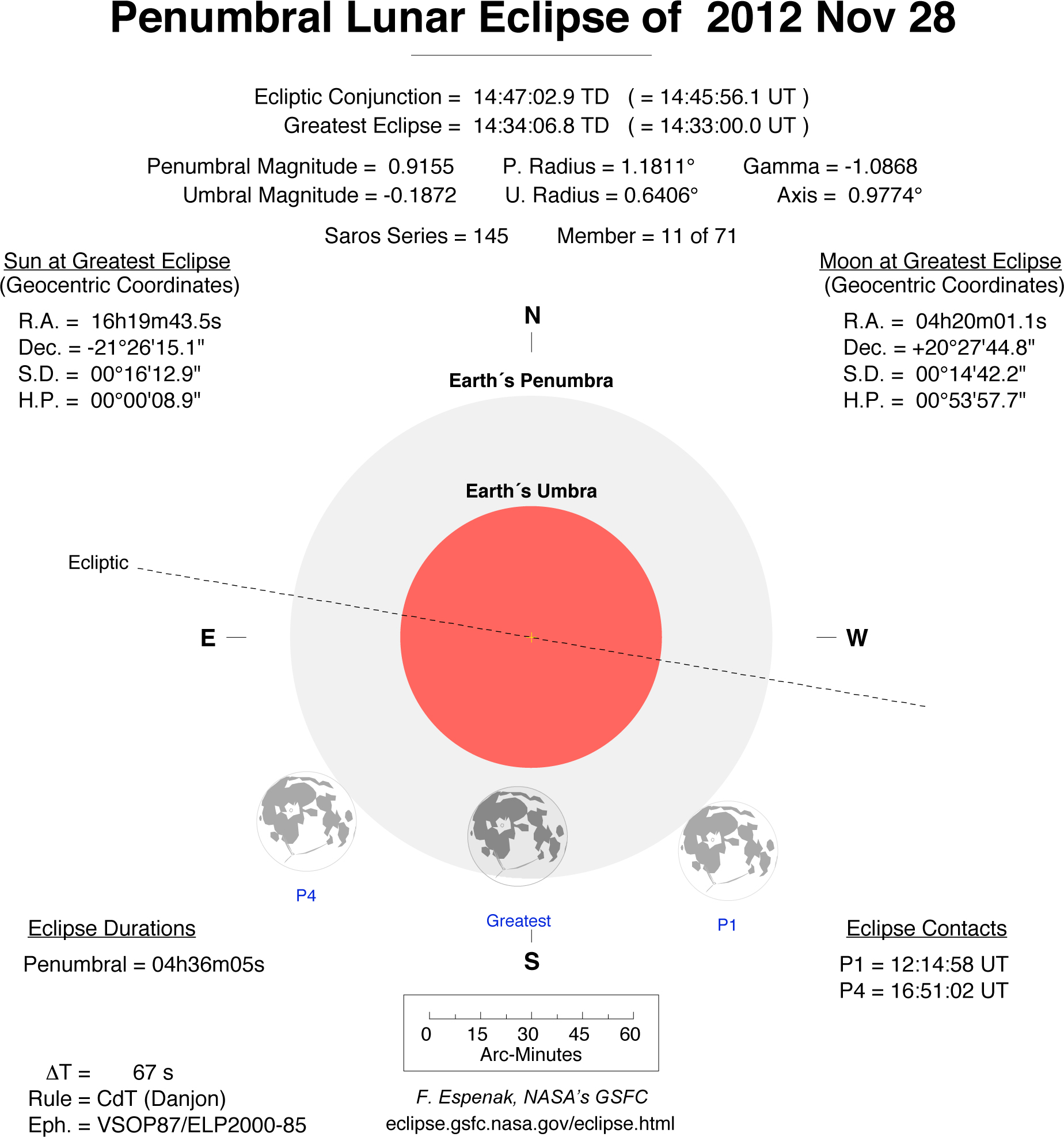Lunar Eclipse Darkens Full Moon Wednesday: Watch Online

Editor's Note: The Slooh webcast of today's eclipse has been canceled due to bad weather at the observation sites.
Stargazers in the western United States will be able to see the moon dip into Earth's shadow during a minor lunar eclipse early Wednesday (Nov. 28), and observers outside the prime viewing spots can watch it live online.
During the so-called penumbral lunar eclipse, the November full moon passes into the hazy outer edge, or penumbra, of the earth's shadow, where the sun's light is only partially blocked. The effect for an observer on Earth is a subtle, but perceptible, shadow that spreads over the moon's surface.
Observers in East Asia, Australia, Hawaii and Alaska will be able to see the lunar eclipse from start to finish (weather permitting), but moon fans outside those areas can see the lunar event live online via the Slooh Space Camera. Slooh officials will provide a free webcast at the eclipse's peak time of 9:15 a.m. EST (1415 GMT). That is about a half hour before the moon reaches its fullest phase of the month at 9:46 a.m. EST (1446 GMT).

SPACE.com will carry the Slooh lunar eclipse webcast live here.
Slooh allows users to observe the night sky from a worldwide network of affiliated telescopes, and Wednesday's feed will be broadcast from either New Zealand or Hawaii, depending on which observatory has the better view. The lunar eclipse webcast will last about 30 minutes.
You can follow the event via Slooh directly at: http://events.slooh.com/.
Get the Space.com Newsletter
Breaking space news, the latest updates on rocket launches, skywatching events and more!
Penumbral lunar eclipse explained
Wednesday's eclipse won't be as dramatic as a total lunar eclipse, in which the moon passes fully through the pitch-black core of Earth's shadow, but lunar observers can still find something worth watching as the moon turns a darker shade of pale.
The eclipse will begin at 7:15 a.m. EST (1215 GMT), when the moon first breaches the outer edges of Earth's shadow (called the penumbra). Because the resulting change in color will be extremely faint, it will likely only be detectable to the naked eye after more than half of the moon has passed into the penumbra.
That means that the farther west an observer is located in the United States, the better chance he or she will have of noticing a change in the moon. The lunar eclipse will reach its peak, with close to 92 percent of the moon's diameter immersed in the penumbra, at about 9:30 a.m. EST (1430 GMT), hours after the moon has set on the East Coast.
Observers in the Mountain Time Zone will have the best chance of noticing the dimming just before moonset, which comes at 6:59 a.m. local time (1359 GMT) in Denver. And the Pacific Standard Time Zone, where the peak will arrive with a good leadoff on moonset, will have the best view in the lower 48 U.S. states.
Editor's note: If you snap a photo of the dim penumbral lunar eclipse of 2012 on Nov. 28 and would like to share it with SPACE.com for a story or gallery, send images, comments and viewing location information to managing editor Tariq Malik at: tmalik@space.com.
Follow SPACE.com on Twitter @Spacedotcom. We're also on Facebook & Google+.

Join our Space Forums to keep talking space on the latest missions, night sky and more! And if you have a news tip, correction or comment, let us know at: community@space.com.









